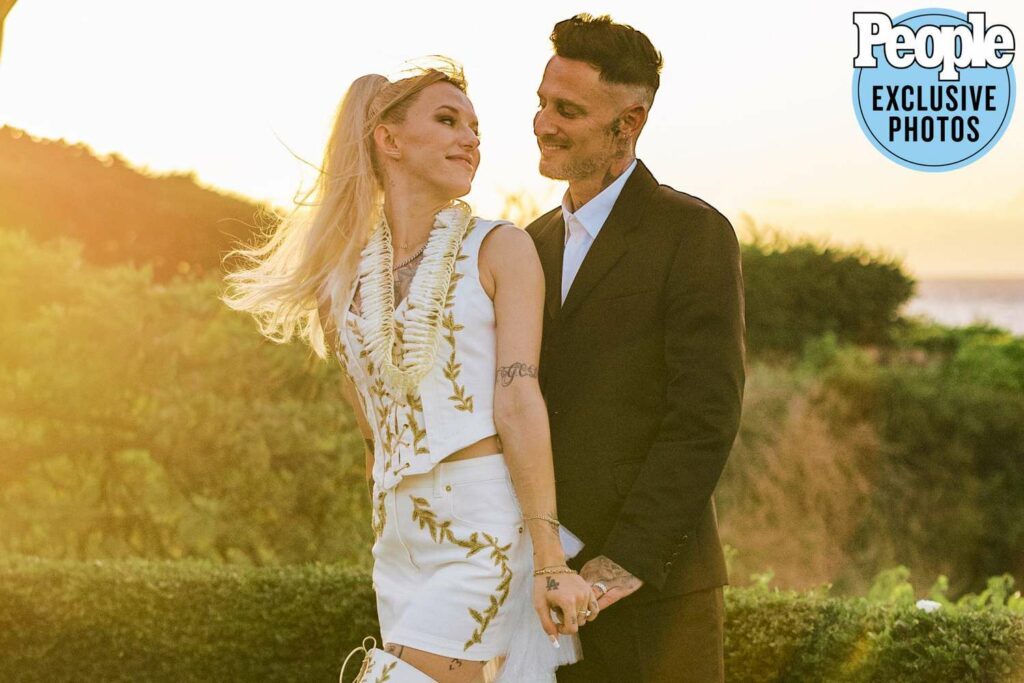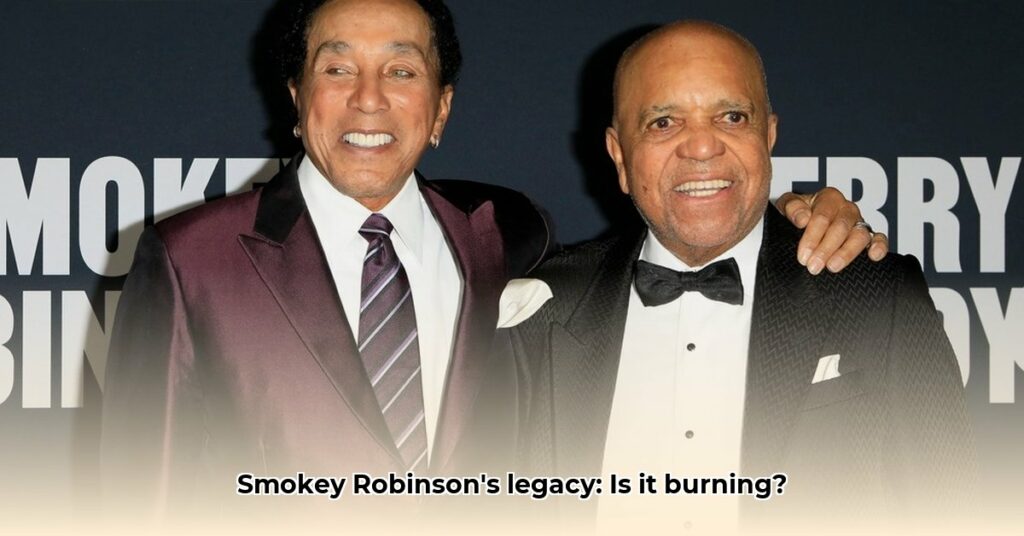Unlocking Barry Diller’s Net Worth: A Media Mogul’s Empire
Technology and Business
Latest Posts
Unlocking Barry Diller’s Net Worth: A Media Mogul’s Empire
Technology and Business
Misha Ezratti Net Worth 2025: Unveiling the Real Estate Mogul’s Fortune
Technology and Business
Poeple Net Worth
Point of Biography
Michael Voltaggio Net Worth: From Top Chef to Culinary Empire
From the electrifying tension of Top Chef to the refined elegance of his Michelin-recommended restaurants, Michael Voltaggio’s culinary journey is a captivating blend of artistry and entrepreneurship. This exploration delves into the multifaceted career of this culinary icon, dissecting the components of his estimated $3 million net worth, his personal life, and the tantalizing question of what lies ahead for this innovative chef. Voltaggio’s Rise: A Culinary Narrative Michael Voltaggio. The name itself evokes images of meticulously plated dishes, a whirlwind of inventive flavors, and that laser-focused intensity in the kitchen. But beyond the artistry, there’s a compelling financial story. … Read more
The Pink Sauce Fortune: Unraveling Chef Pii’s Net Worth Mystery
The Pink Puzzle: Decoding Chef Pii’s Finances Chef Pii’s Pink Sauce exploded onto TikTok, transforming Veronica Shaw into an overnight sensation. Selling 1,600 bottles in a month suggested significant financial success, with some reports estimating her net worth as high as $2 million. However, a subsequent GoFundMe campaign claiming financial hardship raised questions and sparked a “pink puzzle” around her true financial status. This article delves into the complexities of Chef Pii’s finances, from the initial viral success to the partnership with Dave’s Gourmet and the ensuing controversies. From Viral Fame to Financial Questions Chef Pii’s GoFundMe campaign, alleging financial … Read more
Editor’s choice
A selection of my favorite posts
Unlocking Barry Diller’s Net Worth: A Media Mogul’s Empire
Technology and Business
4
Ever wondered how individuals accumulate substantial wealth? Barry Diller presents a compelling case study. A prominent figure in both Hollywood and the technology sector, Diller is celebrated for his strategic deal-making and the creation of vast media enterprises. This analysis transcends mere financial figures, delving into the pivotal decisions, calculated risks, and foundational strategies that … Read more






